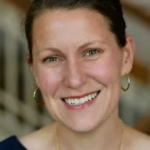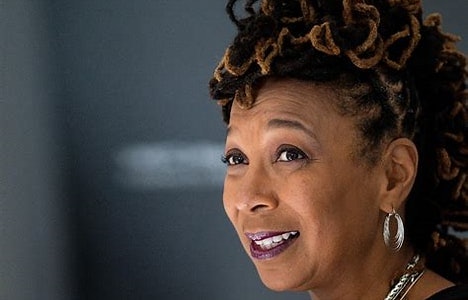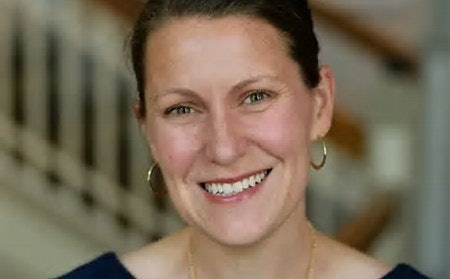The underrepresentation of Black and Latinx physicians has profound implications for our communities and the medical profession itself, as it perpetuates health disparities and limits the perspectives that shape patient care. The journey from aspiration to achievement for many aspiring doctors is fraught with obstacles, leading to a punctured pipeline that often fails to nurture talent from diverse backgrounds.To mend this pipeline, we must first confront the barriers faced by these communities and embrace strategic initiatives that foster representation in the medical field.
The underrepresentation of physicians of color stems from systemic and structural challenges that aspiring medical professionals from excluded groups often encounter. Many of these students face economic hardships, insufficient access to mentorship, and a lack of preparatory resources, all of which contribute to their struggle in navigating the medical education landscape. Dr. Marcus A. Bright
Dr. Marcus A. Bright
However, inspiring stories like that of George Pickens show us that change is possible. A bright young scholar, Pickens graduated as the top-ranked student from Miami Northwestern Senior High School in the Class of 2021, armed with an impressive academic record and multiple offers of admission from institutions such as Harvard, Howard, Duke, and the University of Miami. Ultimately, he chose to pursue the Bachelor of Science/Doctor of Medicine (BS/MD) Program at Tennessee State University (TSU), which included a pathway to admission to Meharry Medical College upon completion of his undergraduate studies. This opportunity exemplifies the importance of structured programs designed to support aspiring medical students.
Upon arriving at TSU, George joined the Dr. Levi Watkins Jr. Accelerated Pathway Program, immersing himself in a rich environment filled with mentors and testimonials from current medical students and doctors. This experience not only equipped him with invaluable knowledge but also solidified essential connections and fostered a long-term support system, a crucial element for success in the notoriously challenging arena of medical education.
George also exhibited great dedication in his preparation for the Medical College Admission Test (MCAT). During the spring semester of 2023, he maintained a rigorous study schedule, dedicating 2 to 3 hours each night to MCAT preparation. As summer approached, his commitment intensified; he devoted 8 to 10 hours daily to studying, attending prep classes, and utilizing various study tools like prep books and practice questions.
Pickens hard work paid off in getting a good MCAT score that was coupled with his high-grade point average that fully qualified him for admission into Meharry Medical College. His experience highlights the transformative potential of structured academic pathways, and it showcases how targeted programs can bridge gaps and expand access for underrepresented groups in medicine.  George Pickens s
George Pickens s
Pickens’s journey is also emblematic of the collaborative efforts between Tennessee State University and Meharry Medical College, which recognized the hurdles many students face and established systems to nurture and guide aspiring medical professionals. These initiatives are crucial for enhancing diversity in medicine, providing valuable resources and mentorship that aid students in navigating the path to medical school.
As we contend with the challenges of healthcare delivery in increasingly diverse societies, it has become evident that the medical field must reflect the populations it serves. The lack of racial and ethnic representation in medicine not only compromises the quality of patient care but also perpetuates health disparities that disproportionately affect marginalized communities.
Numerous studies have illustrated a clear association between the increasing number of racial and ethnic minority physicians and improved clinical care delivery and health outcomes among diverse populations. When physicians understand the cultural intricacies and unique challenges faced by their patients, they can provide more empathetic, tailored, and effective care. This is not just a matter of equity; it’s a matter of quality in healthcare.
One of the most effective ways to increase diversity in medicine is to invest in educational programs that target underrepresented communities. Pre-medical enrichment programs, mentorship opportunities, and outreach initiatives can inspire young students to pursue careers in healthcare. By cultivating interest early on and providing resources, we can help nurture the next generation of skilled, diverse practitioners.
The health of our communities depends on a diverse physician workforce, which is not just beneficial but vital for a healthier future for all. The inspiring journey of George Pickens serves as both a beacon of hope and a call to action. It reminds us that when we invest in pathways that support underrepresented students in medicine, we create a more inclusive healthcare system that ultimately benefits everyone.
Dr. Marcus Bright is an author and social impact professional.
#Creating #Diverse #Pathways #Generation #Doctors










